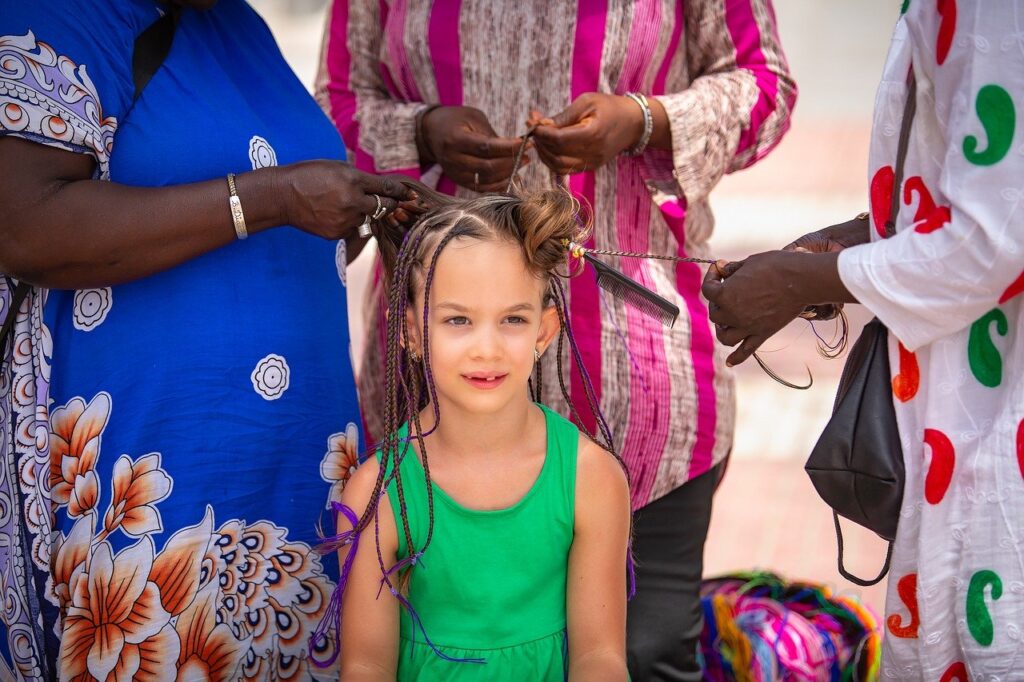Art classes can also present students to art background and social context, enhancing their understanding of the art world. Discovering the techniques and approaches of prominent artists can motivate students and educate their practice. Exposure to various artistic activities and styles expands their point of view, allowing them to value the variety of creative expression. This knowledge not only improves their skills yet also promotes a much deeper link to the art they produce and take in.
Art classes also provide a structured area for testing. In a supportive environment, students can explore various styles and techniques without the pressure of producing a best art piece. This freedom to experiment is vital for artistic growth, as it urges individuals to accept their mistakes and gain from them. Many magnum opus of art arise from the process of trial and error, and art classes provide the perfect setting for students to develop a mindset that values creativity and exploration over excellence.
art classes for kids in Delhi use a distinct chance for individuals of all ages to explore their creative possibility and develop a variety of artistic skills. Participating in art education can promote a sense of self-expression, enhance cognitive abilities, and promote emotional well-being. The world of art is large and differed, encompassing many tools, techniques, and styles, each offering its very own collection of challenges and rewards. For many, registering in an art class is the primary step towards discovering an enthusiasm that may cause long-lasting creativity.
One of the most attractive facets of art classes is the variety of alternatives offered. From paint and attracting to sculpture and digital art, there is something for everyone. Standard mediums, such as oil, acrylic, and watercolor, allow students to experiment with color and appearance while refining their technical skills. On the other hand, classes in photography or digital art can provide a modern-day approach to creative expression, tapping into modern technologies and fads. Students are often encouraged to explore their interests and discover a medium that reverberates with them, resulting in more meaningful and personal artistic experiences.
Additionally, the healing benefits of art education are well-documented. Taking part in creative activities has actually been revealed to decrease anxiety, enhance mood, and enhance total well-being. For many individuals, art acts as a kind of emotional launch, allowing them to process sensations and experiences that may be tough to articulate via words. In art classes, students often find a safe space to reveal themselves and explore their emotions, bring about higher self-awareness and personal growth. This restorative aspect of art education can be particularly valuable for youngsters and teenagers, as it can help them browse the intricacies of maturing.
To conclude, art classes supply a diverse approach to creativity and personal development. They provide a supportive environment for individuals to explore their artistic abilities, build technical skills, and get in touch with others who share their passion. The benefits prolong much beyond the canvas, influencing critical reasoning, emotional well-being, and personal growth. Whether someone is a beginner or a skilled artist, the experience acquired in an art class can be transformative, stimulating a lifelong love for creativity and self-expression. In a world that often prioritizes usefulness over creativity, art classes work as an important reminder of the importance of supporting the artistic spirit within us all.
Along with technical skills and creativity, art classes can also enhance critical thinking and analytical abilities. Artists are often faced with challenges that need them to assume seriously about their work, such as composition, color balance, and style. By browsing these challenges, students find out to approach troubles from different angles and develop solutions that may not be immediately obvious. This skill set prolongs beyond the art workshop, profiting students in various other areas of their lives, including academics and expert ventures.
In addition, art classes are often structured in such a way that allows for steady skill development. Beginners can begin with fundamental techniques, such as drawing easy shapes and comprehending color concept, while more advanced students can delve into complicated tasks that challenge their creativity and technical abilities. Instructors typically provide personalized guidance, helping students identify their staminas and areas for renovation. This one-on-one attention is crucial, as it equips students to take dangers and press the borders of their artistic expression without the worry of judgment.
Partnership is one more crucial aspect of art classes. Many programs motivate students to work together on projects, promoting a feeling of community and shared learning. This collective environment can cause the exchange of ideas and techniques, motivating students to experiment and expand in their practice. Functioning along with peers also aids individuals build self-confidence in their abilities as they share their work and get comments. This interaction can be especially valuable for those who may really feel separated in their creative pursuits, as it allows them to get in touch with others who share similar passions and interests.
